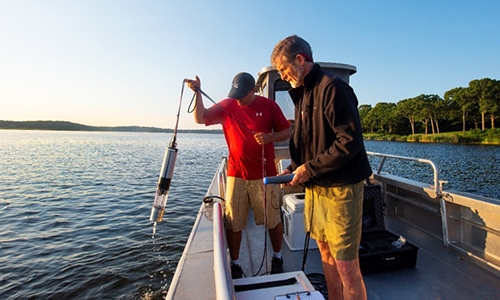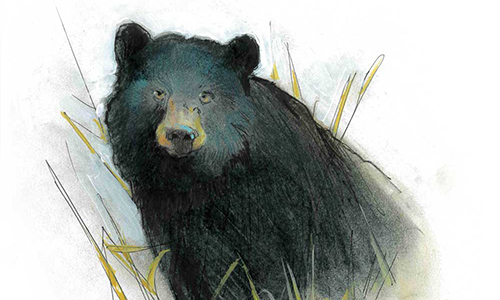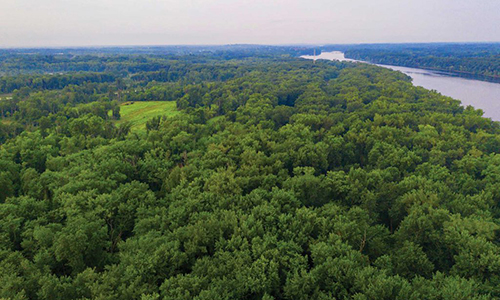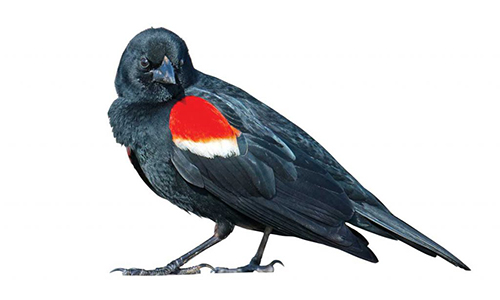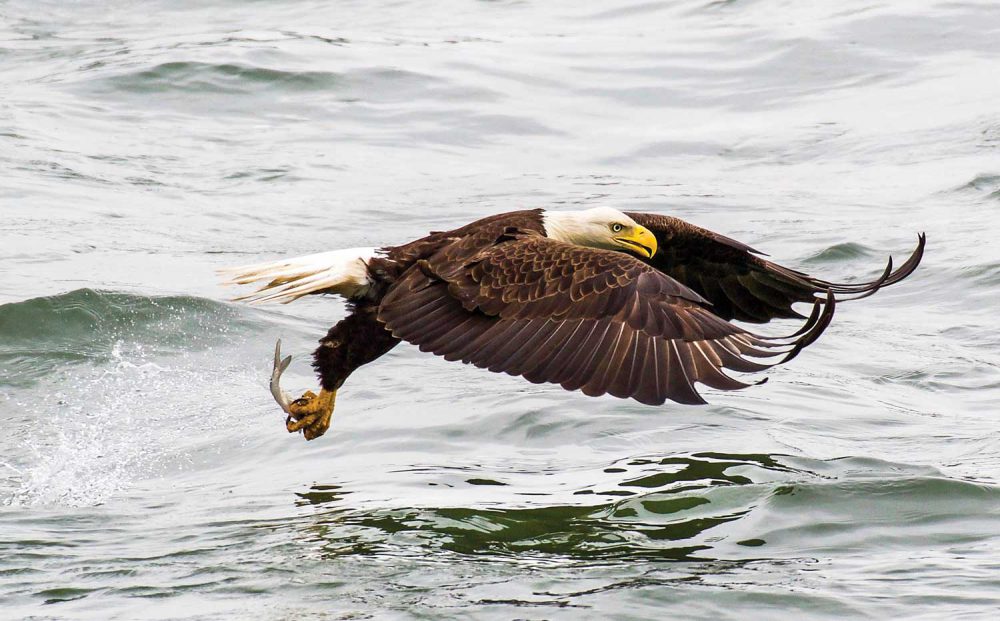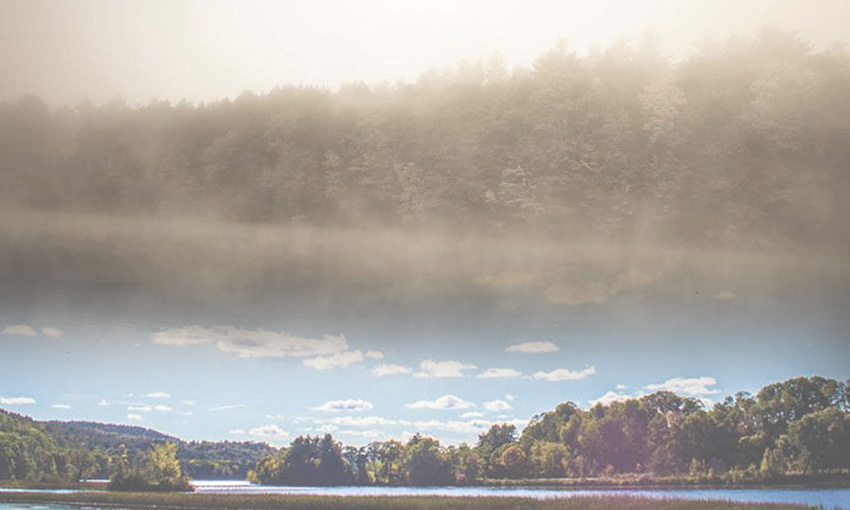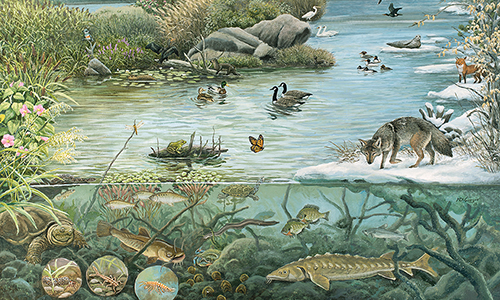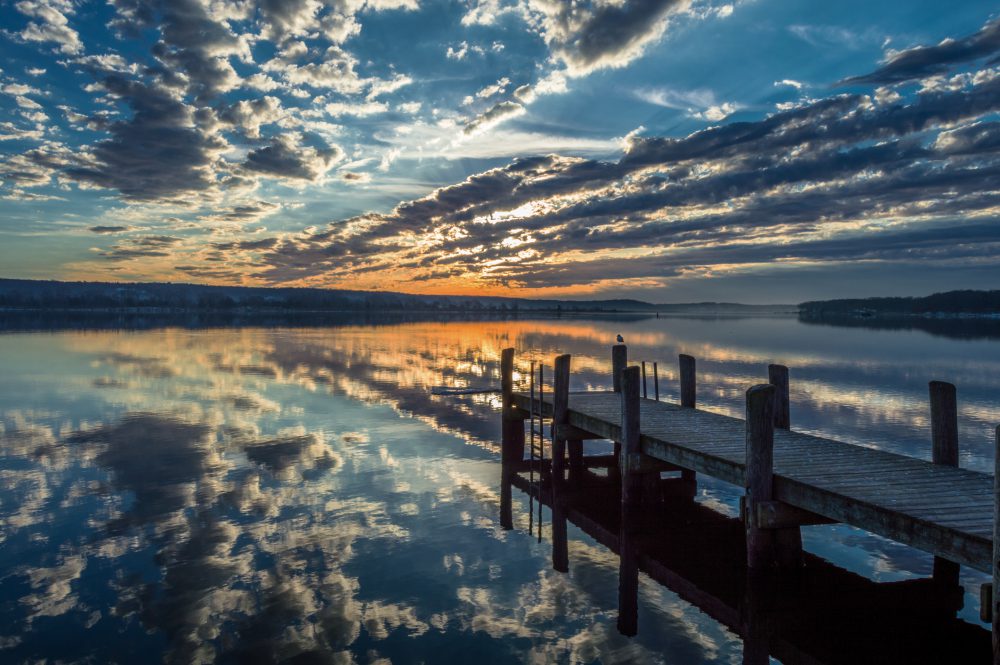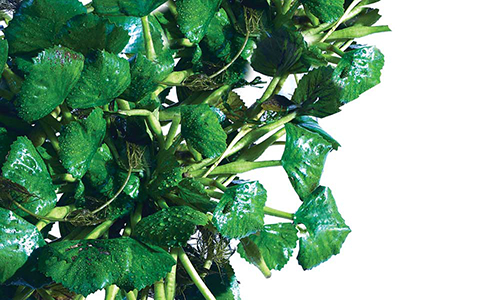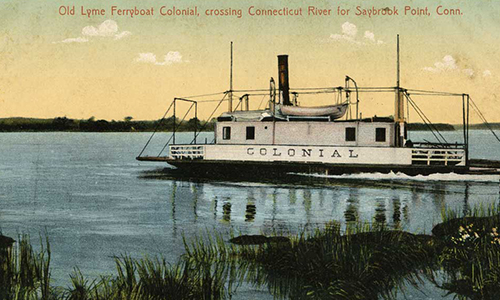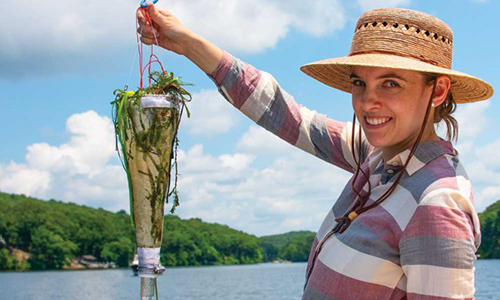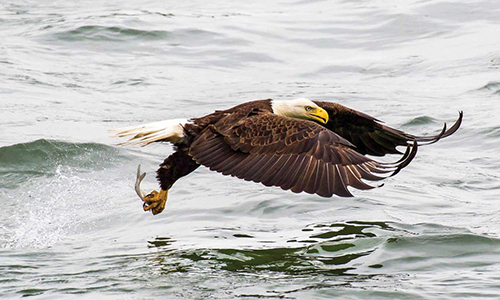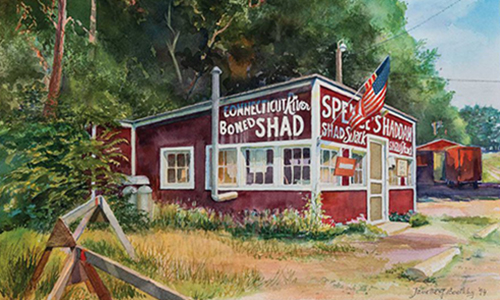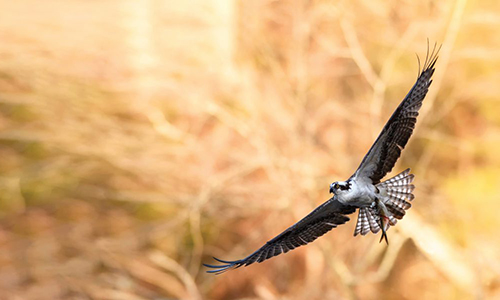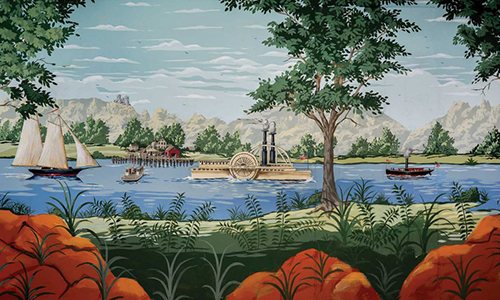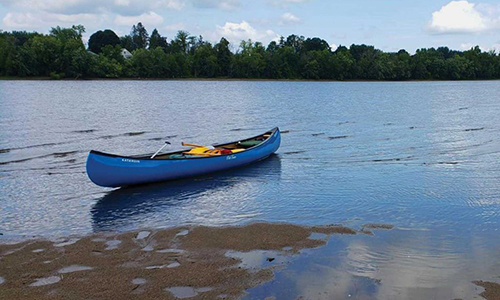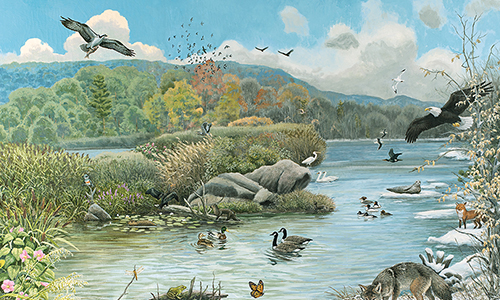♦ Ferry Landing State Park
♦ Great Island Boat Launch
It’s All About the River’s Water Quality
A thoughtful interview in a boat with Dr. Andrew Fisk, executive director of the Connecticut River Conservancy.
Wildlife Wonders
As black bear populations continue to grow in the Connecticut River Valley and beyond, now more than ever there’s a need for people and public officials to work together to sustain a healthy bear population.
A Treasured Refuge Becomes Permanently Protected
Alongside the Connecticut River, just a few miles south of Springfield, Massachusetts, is a 371-acre environmental success story, a jewel of a refuge, called the Fannie Stebbins Memorial Wildlife Refuge that will be a safe-haven for wildlife for generations to come.
A Rude Awakening and Call to Action
One of us visited the heart of the Soviet Union during
its latter days and was struck by the absence of
birds in general, and certainly the absence of avian
variety. Among the major differences between the USSR
and North America was the lack of proven, sensible
environmental laws and regulations governing such
things as pesticides, hedgerow preservation, and land use
in the Soviet Union.
Letter from the Publisher:
estuary…A Magazine about Life of the Connecticut River
A Letter from the Editor:
If you are reading this, there is an excellent chance you love the River as much as we do. The more we speak with readers like you, the more we hear new and interesting stories about the River. This is an invitation to submit those stories to us so that we might share them with other readers. We have a process for doing this. Go to estuarymagazine.com/submissions and read the detailed instructions on how to submit story ideas. You can also submit letters to the editor.
Send Us Your Best
This dramatic photo was taken by Frank Dinardi an amateur wildlife photographer from Connecticut.
An Editorial
When people wore gas masks to protect from the man-made stench of the Connecticut River
About the Seasonal Ecology Mural
In 2016, the Connecticut River Museum commissioned renowned wildlife artist Mike DiGiorgio to create a painting that would bring to life the tidal marshes of the lower Connecticut River. The painting
was photographed by award-winning photographer Jody Dole and enlarged to a mural that is 81 ¼” L x 76” H and installed as a permanent exhibit at the Museum.
Name Gourmand
A poem by GRAY JACOBIK, a
widely-published,nationally-recognized American poet.
The Estuary’s Most [un]Wanted Plant is Under Water
The aquatic plant known as Trapa natans has the unfortunate common name of water chestnut, leading people who are first hearing about it to think that it may well be a bonus source of that good appetizer, with a strip of bacon wrapped around it.
Ferries of the River
The Connecticut River connects us up and downstream. It also separates us from bank to bank. For thousands of years, indigenous people used dugout canoes to get from one shore to the other. The dugout could easily carry the people, meat, plants, tools, and fish around which their foraging lifestyle revolved. Trees transformed into boats were powered by paddle, wind, current, and tide. These organic craft were totally sustainable.
Diatoms
On a hot weekend in July, we headed out on the Connecticut River for a wildlife safari. We weren’t aiming to see osprey, swallows, bald eagles, or turtles, though we saw plenty of those. Instead, we were on the hunt for the River’s smallest inhabitants… its microbial wildlife. The presence of such wildlife can be an indicator of the health of a river.
Bald Eagles of the Connecticut River
Dead drifting my canoe along a stretch of the upper Connecticut River a few miles upstream of the Wilder Dam, a flash of white against the dark green pine background revealed the perching spot of an adult Bald Eagle.
The Shad Spirit
Early on an April morning, a cold mist lies over the Connecticut River. When the sun breaks through and the mist rises, there is shimmering on the water. Regularly, for a brief moment, the modern melds into the timeless and across the expanse of marshes and blue water you see the silver flash and hear the blare of a diesel horn from the Old Lyme Draw every time an Amtrak train speeds along the old truss railroad bridge.
In Awe of the Osprey
During the month of March, the onset of spring in New England is revealed by the arrival of a conspicuous coastal and estuarine raptor—the Osprey. It may be blowing hard on Connecticut salt marshes with temperatures hovering in the 40s, but for Osprey, this time is ripe for reproduction.
A Room with a View
Tom Rose does not live on the Connecticut River, but he lives surrounded by a panoramic River view. His view is not obstructed by buildings, by trees or by traffic-laden roads because he created it himself.
Paddling Home from School
A dreamed of trip becomes a reality— paddling down our Connecticut River
The Connecticut- Meet the River
The word “Connecticut” stems from a French corruption of the Mohegan word “Quinetucket,” which means “beside the long tidal river.” Adriaen
Block, the Dutch explorer and first European to chart the River in 1614, called it the Fresh River. The English first settled the area in the 1630s and referred to it as the Great River.
- Page 1 of 2
- 1
- 2

